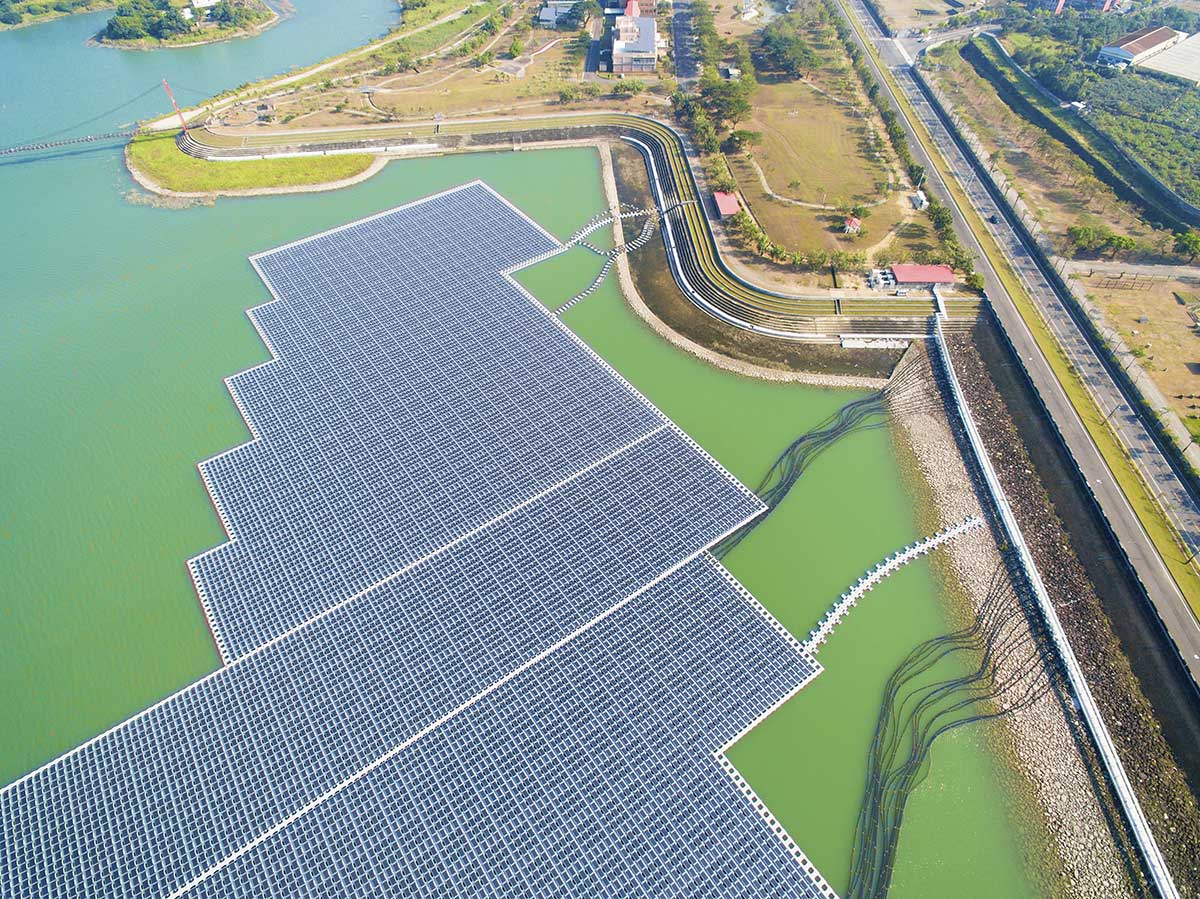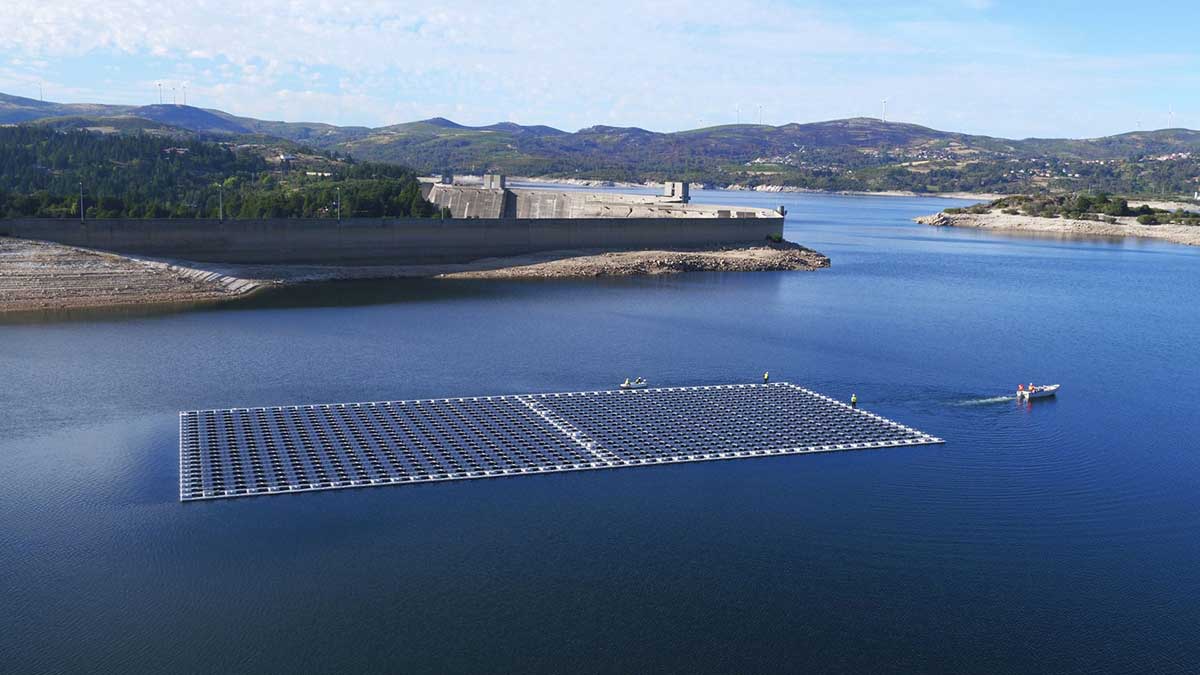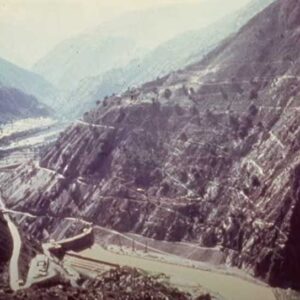Description
It is believed that the first floating photovoltaic (FPV) system was installed by MIRARCO, a non-profit research firm, in 2008 by mounting ground-based PV systems on pontoons in a tailings pond near Ontario, Canada. The first utility scale FPV system was called SolarSea in the Maldives and was constructed in 2014 by the Austrian company Swimsol. The first US installation of an FPV system was at the Miami International Airport in 2020 by Ceil and Terre. By the end of 2018, FPV installations reached 1.3 gigawatt-peak (GWp) of total installed global capacity. These systems have been shown to increase energy yield, reduce evaporation, and in certain cases improve water quality in comparison to land-based PV systems. FPVs reduce the need for land resources for solar power generation. As a result, several densely populated countries are considering large-scale FPVs to support their growing energy demands.
At some large hydropower plants, covering 3-4% of the reservoir area with FPVs could double the estimated capacity. Combining the solar and hydropower can smooth the variability of the solar output while optimizing use of existing transmission assets, creating a synergistic benefit in countries where grids are weak. Challenges remain, such as a short track records, uncertainty about costs and environmental impacts, and the increased complexity of designing, building and operating on water.
This course introduces the student to floating solar photovoltaic (FPV) systems and goes into detail about the steps involved in every phase of project development. It also compares these steps and design considerations to those involved in land-based PV projects, and offers current case studies and examples of FPV applications around the world.
This course is based on the publication, World Bank Group, ESMAP and SERIS, 2019. “Where Sun Meets Water – Floating Solar Handbook for Practitioners”, Washington, DC World Bank. The publication and its photographs are used with the permission of the World Bank and the respective copyright holders of the photographs. The course materials should not be copied or distributed without permission of the authors and photograph owners.
This course includes a multiple-choice quiz at the end which is intended to provide 10 hours of professional development.
LEARNING OBJECTIVES
At the conclusion of this course, the student will have learned or been exposed to the following:
• Market trends for floating solar
• Key phases of a floating solar project
• Site Identification
• Energy Yield Analysis
• Differences between land-based and FPV system design
• FPV design case studies
• Engineering Design
• Floating Structures and Platforms
• Anchoring and Mooring Systems
• PV Modules
• Cable Management on Water
• Electrical Safety
• Checklists for Plant Design
• Simulation Software
• Electrical Safety
• Environmental and Social Considerations
• Permitting and Monitoring
• Procurement and Construction
• Managing Procurement Activities
• Managing Construction Activities
• Checklists for Procurement and Construction
• Field Testing and Commissioning
• Solar PV Modules and Inverters
• Floats and Anchoring
• Safety Labeling
• Surge/Lightning Protection
• DC Electrical System
• AC Electrical System
• Acceptance Tests
• Operations and Maintenance








